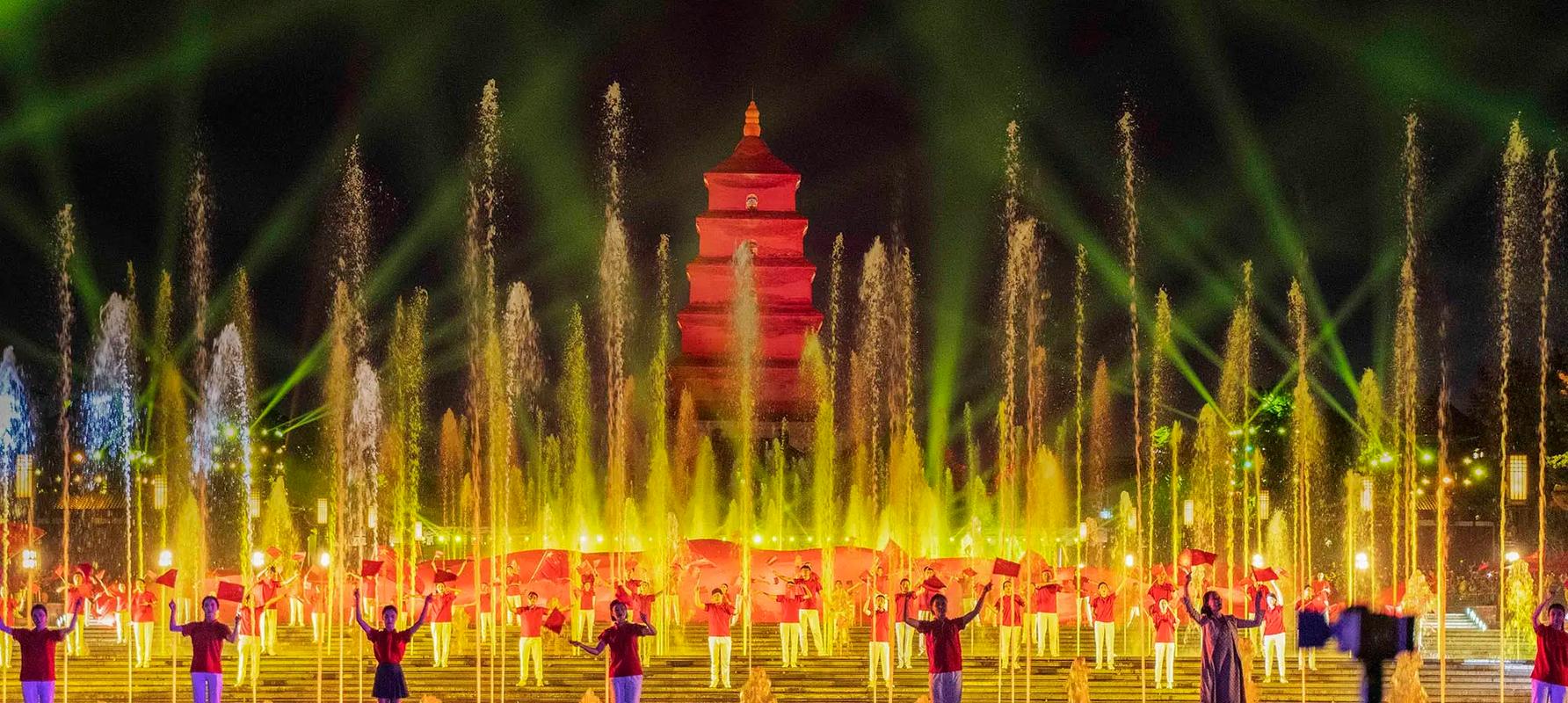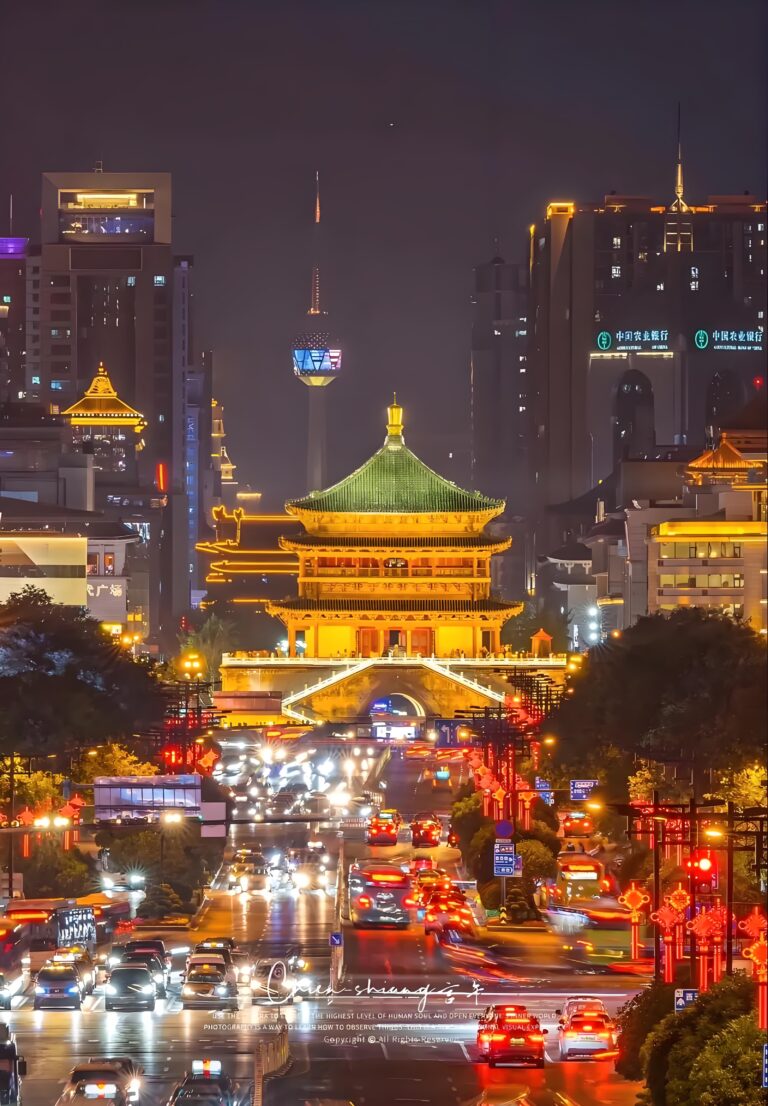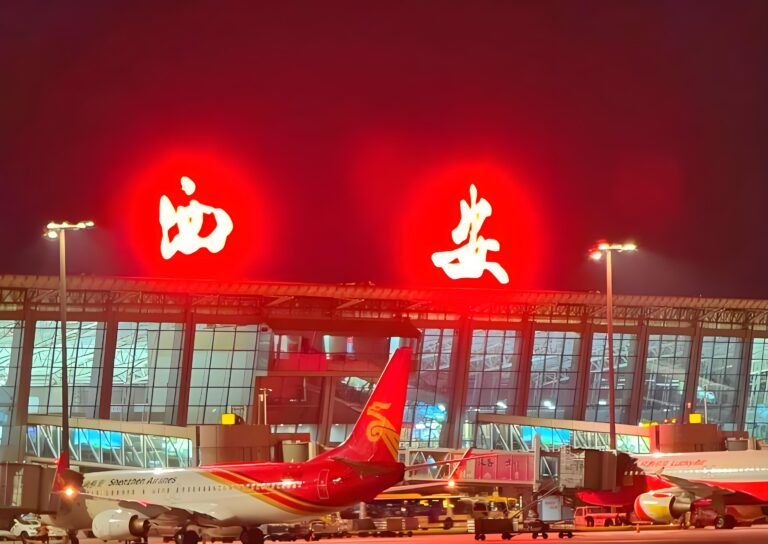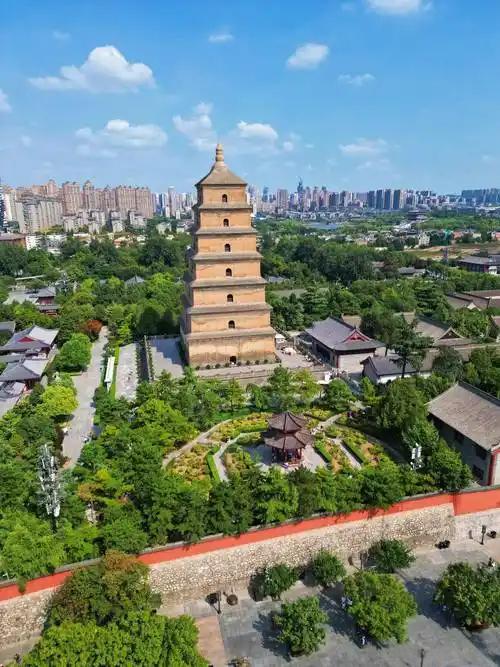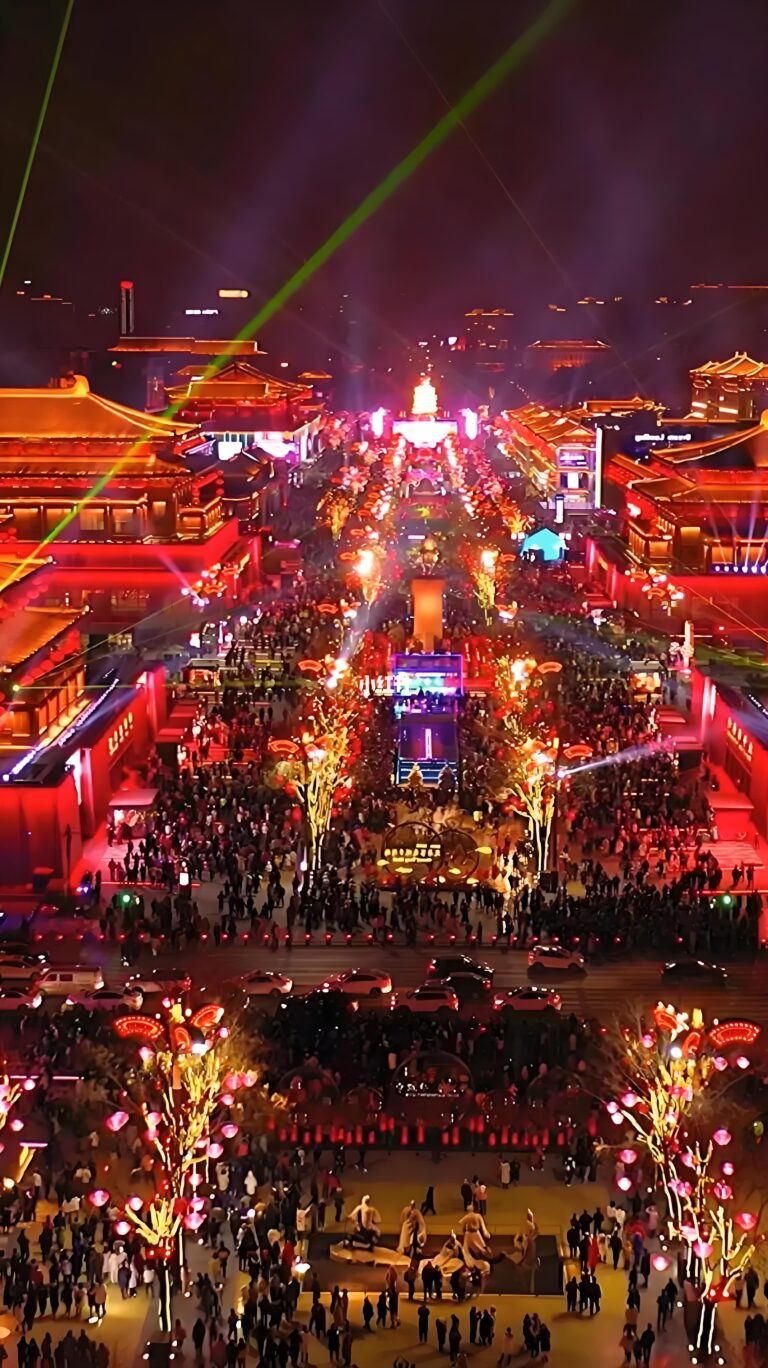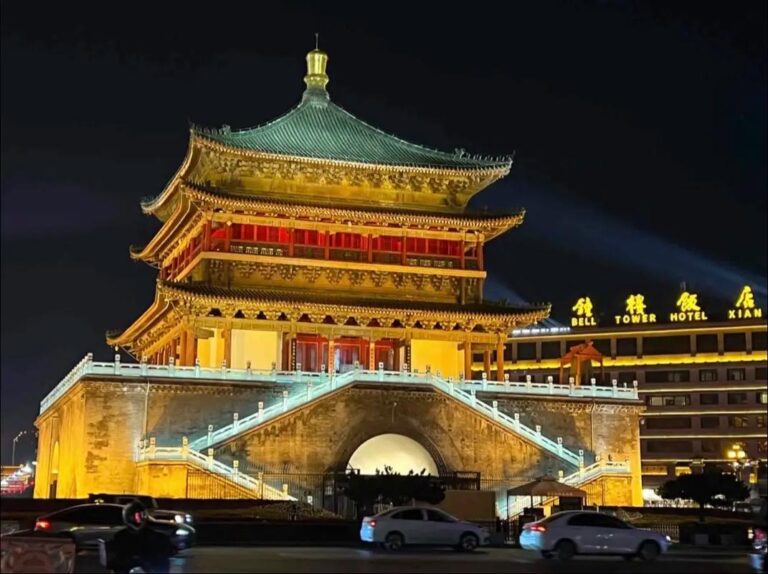Why are there Muslims in Xian?
Xi’an’s Millennial Echo: Silk Road Legacy & the Muslim Community
When you stroll beneath Xi’an’s ancient city walls, savor aromatic Yangrou Paomo (Pita Bread Soaked in Lamb/Beef Soup) in the bustling Muslim Quarter, or admire the Chinese palace-style architecture of the Great Mosque of Huajue Lane, you might wonder: Why does this cradle of Chinese civilization host such a vibrant Muslim community? The answer lies in the ancient trade routes that once connected continents.
Caravans on the Silk Road: Tang Dynasty’s Open Embrace (7th–13th Century)
Imagine Xi’an (then called Chang’an) 1,300 years ago—a dazzling “world capital.” As the eastern hub of the Silk Road, it drew merchants from Arabia and Persia. These Muslim traders arrived in large caravans, bringing spices, gems, and glassware across deserts to Chang’an’s Western Market.
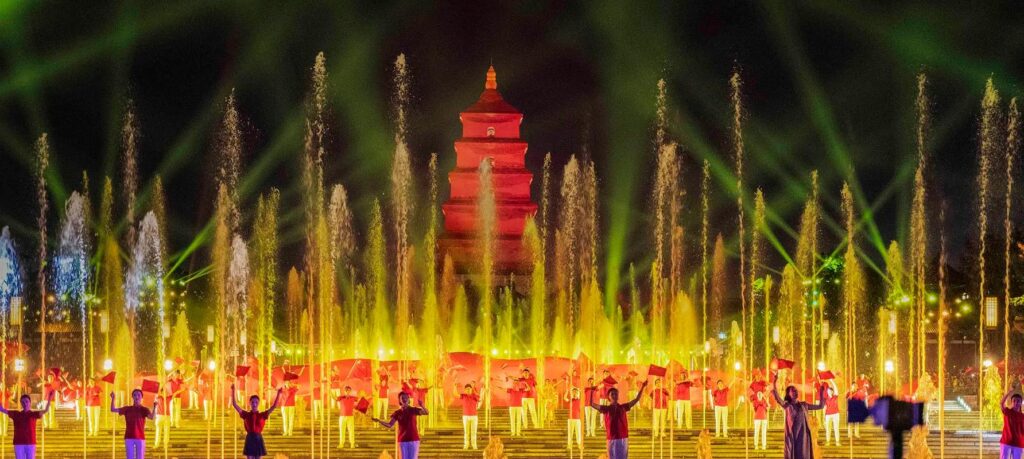
The Tang Dynasty welcomed these newcomers with remarkable openness. They were allowed to settle in designated “foreign quarters” (fanfang), practice their faith freely, and even manage their own affairs. To serve their spiritual needs, the Great Mosque of Huajue Lane was built—its exact founding date debated, but its roots firmly tied to Tang-era tolerance. These merchants enriched Chang’an not just economically but also by sharing astronomy, medicine, and other knowledge. Some even served in the imperial court, marking an early chapter of cultural exchange.
From Sojourners to Settlers: Blending into Chinese Society (13th–17th Century)
In the 13th century, the Mongol Empire (Yuan Dynasty) reshaped Xi’an’s cultural landscape. Waves of Muslim soldiers, artisans, and officials—collectively called Huihui—migrated from Central/West Asia. The Yuan rulers recognized Islam officially, appointing Muslim administrators to key roles in finance, trade, and science. Xi’an, as a strategic northwestern city, became a major hub for this growing community.
After the Ming Dynasty replaced the Yuan, Muslims stayed and deepened their roots. Emperor Zhu Yuanzhang encouraged integration: Muslims adopted Chinese surnames (like Ma, Mu, or Ha) and spoke Mandarin, while retaining their faith. This fusion birthed the Hui ethnic group—distinctly Chinese yet devoutly Muslim. More mosques were built (e.g., Great Mosque of Daxuexi Alley), anchoring the community’s identity. No longer guests, they were now Xi’an’s own.
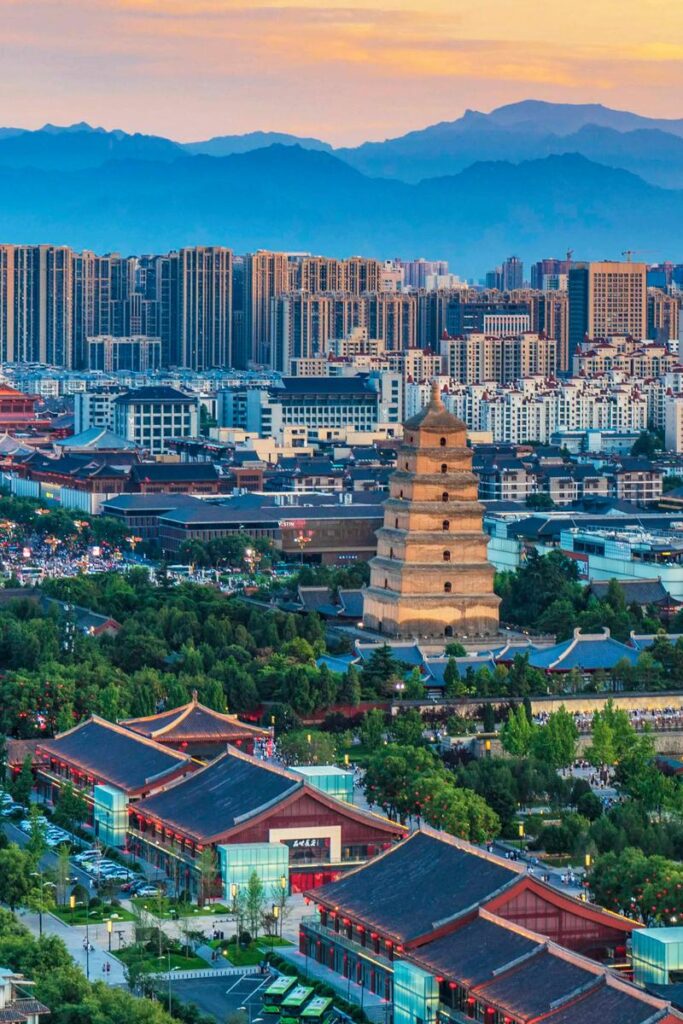
Modern Harmony: Faith and Culture Today
Today, Xi’an’s Muslim Quarter buzzes with life. Beyond its famous food (think sizzling kebabs, steamed buns, and nut cakes), it’s a living cultural museum. The call to prayer echoes from historic mosques five times daily, blending with temple bells in a unique urban rhythm. Locals worship, run businesses, and celebrate Eid with joy—proudly Hui, proudly Chinese. As one of China’s 56 ethnic groups, they thrive under constitutional protection of their faith and traditions.
Why It Matters
Xi’an’s Muslim community is no accident. It’s a living testament to the Silk Road—proof that Tang openness, Mongol-era migrations, and Ming-Qing integration created a resilient cultural blend. Here, civilizations met, traded, and wove their stories into one tapestry.
Next time you walk the Muslim Quarter’s lantern-lit alleys or gaze up at the Great Mosque’s curved eaves, listen closely. You’ll hear whispers of camel bells and prayers—a timeless reminder that openness breeds greatness, and diversity builds enduring legacies. That is Xi’an’s gift to the world.

